Week 2
- Lucy P-BARG
- Jun 22
- 5 min read
Updated: Jun 30
Research Reflection : Observing Care, Asking Questions
This week at the hospital felt like a shift from trying to understand every detail of every case to paying more attention to the broader systems and human interactions behind each patient. I feel like I am starting to notice the "why". I’m also understanding that what’s not written in a chart often says the most about the systemic reasons how and why the healthcare system operates the way it does.
We’ve continued attending the morning meetings, where clinical officer students present complex cases to the staff for comments and review. Many of these start with symptoms like fever or vomiting, but quickly point to underlying issues like malnutrition, delayed immunizations, or chronic illnesses that haven’t been properly managed. These stories highlight how patient care is deeply influenced by social and structural factors—access to medications, health education, and the ability to follow up all play major roles.
On the wards, rounds are fast-paced and filled with decision-making. I’ve seen the team go back and forth on diagnoses—debating whether symptoms are due to sepsis, DKA, stroke, or something less obvious. There’s a strong emphasis on clinical reasoning here, especially when labs and imaging aren’t always available. One of the most striking things is how much weight is placed on physical exams and conversations with the patient and family, something that I feel is overshadowed by diagnostic tests in the US.
Our research focus on pain and palliative care really began to come into view when we followed the care of Sister Astounta, an elderly nun with serious bedsores and suspected meningitis. Although her condition was worsening, the doctors focused on making her as comfortable as possible and emphasized communication with her relatives. It was a clear example of how palliative care is practiced in a setting with limited resources—less about end-of-life labels and more about adapting care to meet both medical and emotional needs.
I’ve also been thinking a lot about the broader context of healthcare delivery here. USAID’s logo is plastered across the hospital in patient wards and clinic rooms, but when I asked about its impact, one doctor mentioned that the recent defunding didn’t seem to change how patients are being treated day-to-day now. Still, I can’t help but wonder about the longer-term effects, especially in an area with high HIV prevalence and limited infrastructure. Many of the sickest patients we’ve seen this week are those who are immunocompromised—often HIV-positive and struggling with co-occurring conditions like tuberculosis, psychosis, or suspected cancers. This concept is known as the dual burden of disease, something that we don't struggle with in "Global North" countries. These cases are complex, and even basic decisions like whether to order a CT scan often come down to whether the patient can afford it.
Some of the most valuable insights this week came from informal conversations—like learning how stigma impacts medication adherence, or how clinicians make judgment calls when diagnostics aren’t accessible. It’s made me think more critically about what quality care looks like when resources are stretched thin, and how systems adapt in response.
We’re learning not just how care is delivered, but how care is negotiated—when to treat, when to refer, and when to focus on comfort. It’s helped frame our research in a more practical light, giving us clearer insight into how pain and palliative care are approached here, and how external factors—from global health funding to community beliefs—shape patient outcomes.
1) The entrance to the ICU where our ward rounds begin each morning 2,3) Photos of the chart notebook where nurses keep vitals and observations each day for their patients 4) A medicine cabinet in the female internal ward 5) One of many signs with USAID plastered on it throughout the hospital, this one in the Care and Treatment Center (CTC) 6) A photo of where Kate and I wait after the morning meeting for the start of ward rounds while the doctors have breakfast 7) Tire sandals of one of the patients
Cultural Reflection
If someone had told me when I landed in Iringa that I’d end up touring the largest milk farm in East Africa because of a casual dinner invite, I would’ve laughed. But somehow, by the end of Friday night, Kate and I were shaking hands with the owner of ASAS Farms, a man who happened to be a friend of our hostel’s owner. Less than 24 hours later, we found ourselves walking through a sprawling farm that’s home to 2,000 cows, learning about the intricate systems of milk production and distribution in Tanzania.
What struck me most was how nothing went to waste. They had a full-circle model—recycling cow manure by separating it into dry and wet parts. The dry portions were sanitized and repurposed as bedding, while the wet was used as fertilizer to grow food for the cows right there on the land. It was efficient and thoughtful, representing a quiet innovation happening on a massive scale in the Tanzanian highlands.
Back in town, Kate and I have found joy in the chaos of riding bajajs—tiny three-wheeled taxis that comfortably seat three but somehow squeeze in six people with ease. One ride home from the hospital stood out. A man sitting beside me slowly dozed off, his head leaning onto my shoulder. Then he shifted and rested on the woman next to me, who just smiled and let him sleep. That moment felt like a quiet lesson in exhaustion and empathy. Many drivers and workers here live hand-to-mouth, pushing through long days to make ends meet, prowling the markets for business, hollering at an old woman who needs a lift with her groceries, or waiting at the hospital to fill their car and drive back into town. And still, there’s this unspoken gentleness in how people take care of each other.
We’ve grown close with Devota and Josephina, two young women who work at our hostel. They’ve been so curious about our lives, especially America. One afternoon, Devota asked what it would take to visit. I found myself hesitating. How do you explain to someone the realities of a country where health care costs thousands and rent can swallow half your income? I tried to tell her, gently, about some of the systemic challenges, but it didn’t quite land because her idea of the U.S. was wrapped in dreams and movies. And honestly, who am I to complain about my life when her entire world is Iringa, working long days at the hostel with few moments of excitement or escape? I ended up framing it as a gamble between comfort and peace—describing the non stop hustle of American culture compared to the slower, more grounded rhythm of life here. That contrast, the idea of peace versus pressure, was something she immediately understood.
There’s also this quiet, unspoken richness to Iringa that I hadn’t anticipated. For a landlocked region, the cultural layers here run deep. One of my favorite surprises? The incredible Indian and Italian food. It's something you wouldn’t think to expect, but once you notice it, you start to see how cultures have merged here in subtle but beautiful ways. Week two has reminded me that this place is full of unexpected connections—between people, between histories, and even between cows and compost. And somewhere between the crowds and the quiet, I feel like I’m learning to sit still and notice the beauty in the ordinary.
1) Beautiful sunset the night of the winter solstice 2) Our second time at an amazing Indian restaurant for dinner, such good chai 3) The group bajaj ride home from the hospital 4) Ugali, Kuku, and Beans 5) An adorable dog friend that follows us when we take walks around our neighborhood 6) A mirror selfie with Devota, one of the women who works at our hostel 7) Another meal at the Indian restaurant, delectable 8) The coffin shop that marks the halfway point on our ride to the hospital each morning 9) Chipsimayi, a local egg and french fry snack 10) A Friday family dinner with our hostel owner and his business associates 11) Asas horse farm we visited on our horse, cow, and camel farm tour over the weekend















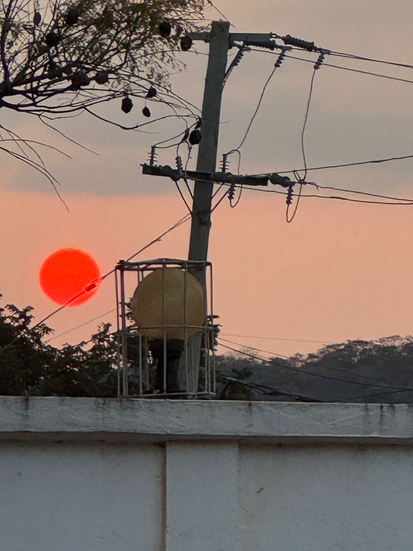



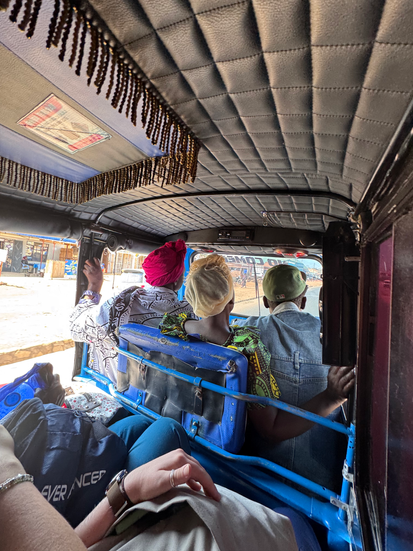

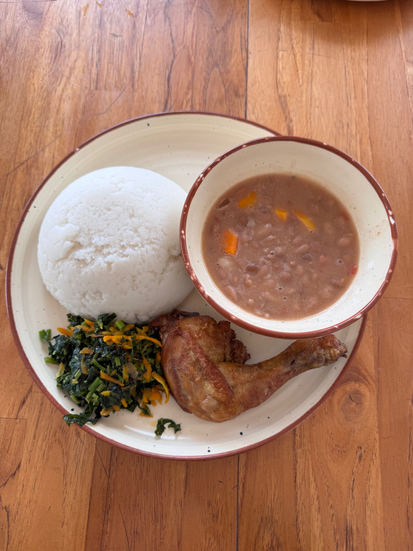



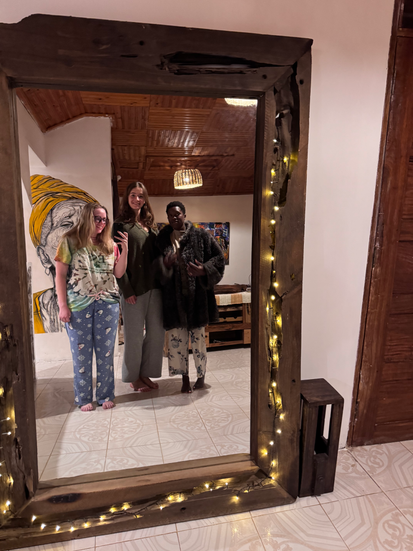











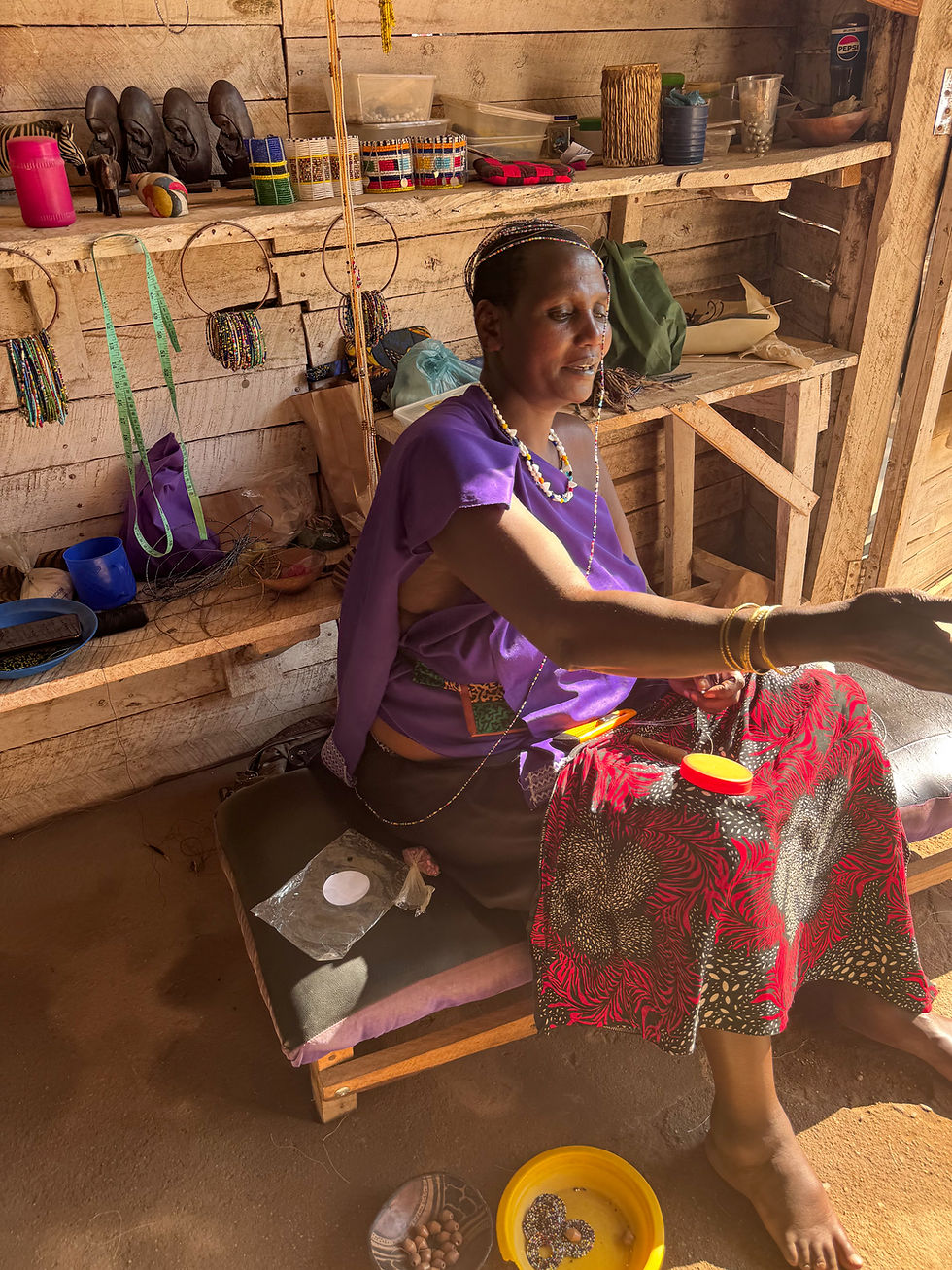
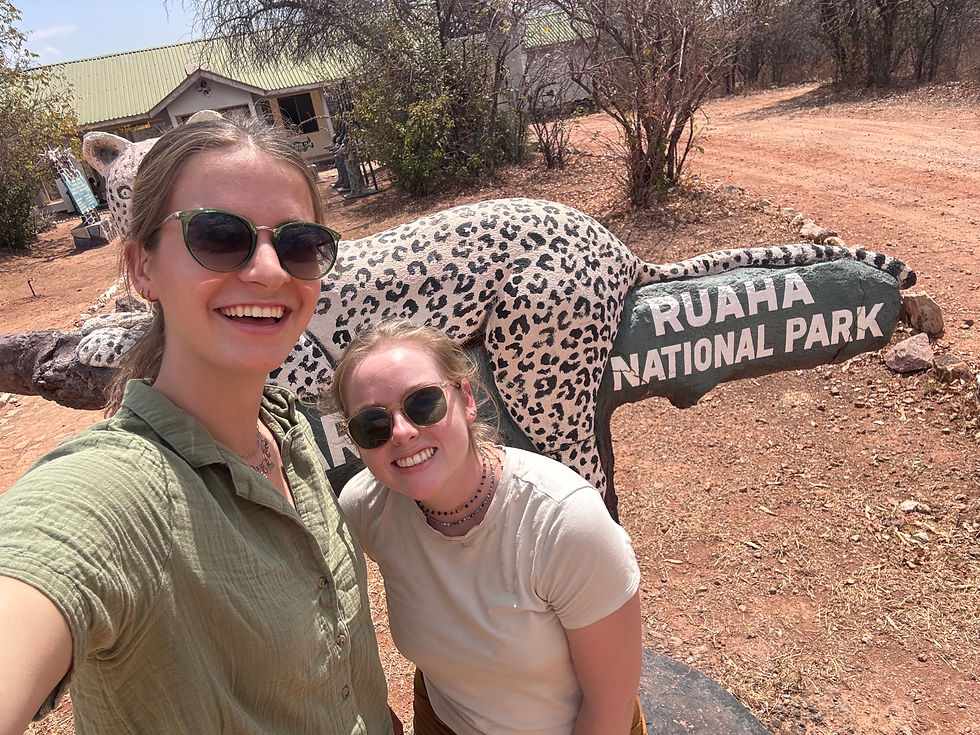
Comments